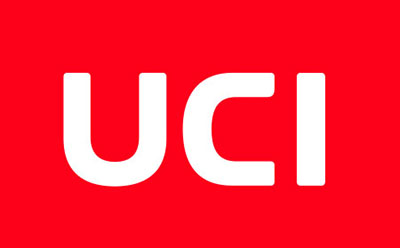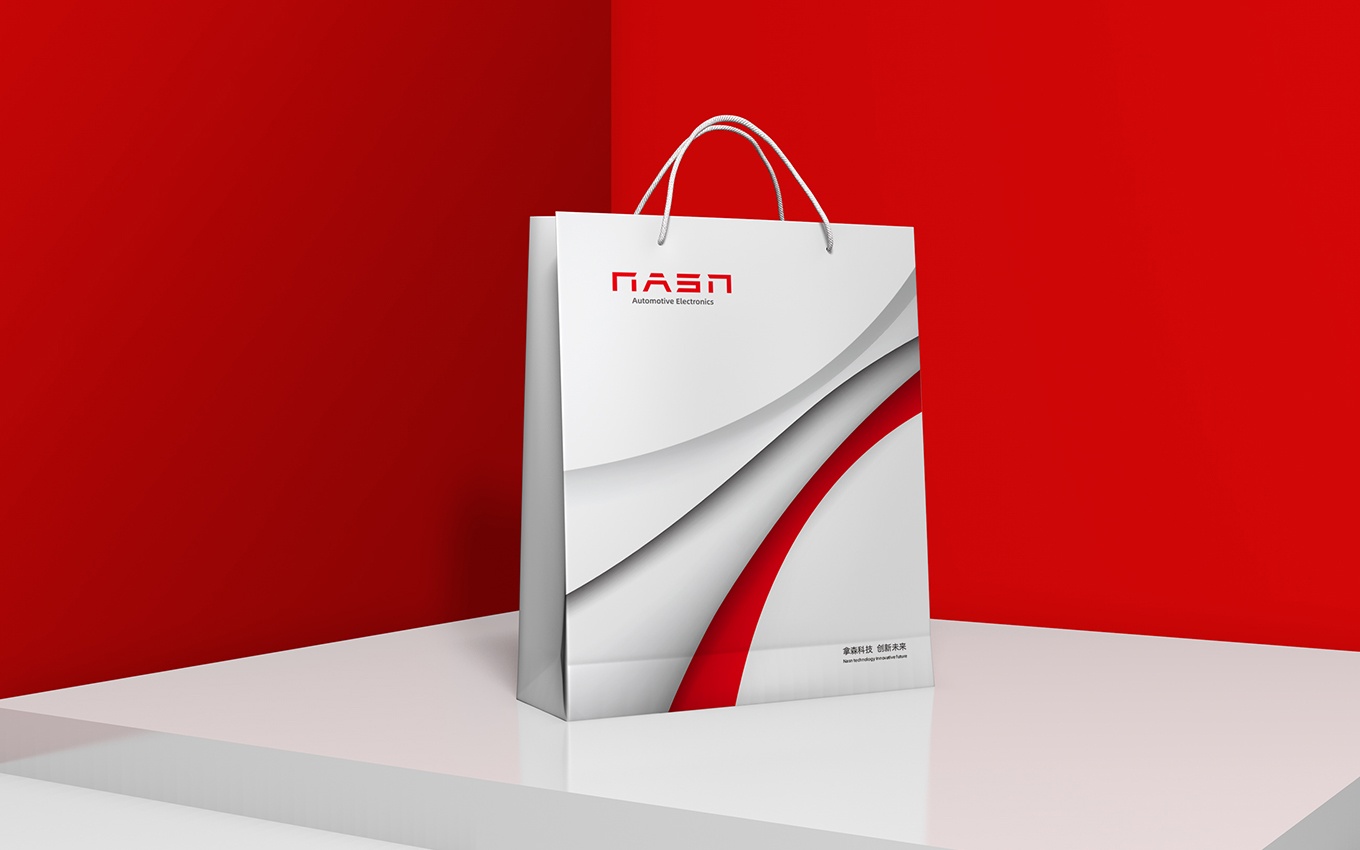
logo标志设计一家企业品牌形象的灵魂,传递品牌核心价值,是传播和记忆的重要元素,标志设计本身就是超级符号。如何了解“慢标志设计”市场价值,实现企业标志设计呈现,本文是帮助企业快速了解市场,了解“慢标志设计”的问题。
在现代社会,我们经常面对各种快节奏的生活方式和繁忙的工作压力。人们的生活越来越快,大家都希望事情可以更加高效地完成。但是,快节奏的生活也带来了一系列的问题和挑战。对于交通安全来说,快节奏的生活方式可能导致驾驶人的不注意和疲劳驾驶,这对行人和其他车辆来说都是一个潜在的威胁。为了解决这个问题,慢标志设计成为了一个重要的解决方案。
慢标志设计是一门研究如何设计慢行区域标志的学科。它的目标是通过设计一系列的标志来提醒驾驶人减速并保持专注,从而降低驾驶人的风险和提高交通安全。慢标志设计可以包括各种不同的标志,比如慢行标志、减速标志、行人过路标志等等。这些标志通过醒目的颜色和形状来吸引驾驶人的注意力,提醒他们减速并对道路情况保持警惕。
除了在交通安全方面的应用,慢标志设计还可以用于其他领域。比如,在公共场所,可以设计一些慢行区域标志来提醒人们保持安静和有序,特别是在图书馆、博物馆和剧院等需要安静环境的场所。这样的标志可以帮助人们更好地享受文化和艺术的氛围,同时也减少了噪音对他人的打扰。
此外,慢标志设计还可以应用于城市规划和建筑设计中。通过在城市公共空间设立一些慢行区域标志,可以引导人们在这些区域内减速行走,感受周围环境的美丽和宁静。这对于城市居民来说是一个良好的放松方式,可以减轻压力、缓解疲劳,并促进城市居民的身心健康。
在慢标志设计中,设计师需要考虑标志的形状、颜色、大小和文字等方面。形状和颜色是最直观的设计元素,它们可以吸引驾驶人的视觉注意力并迅速传达减速的信息。标志的大小也需要适中,既要够大以便驾驶人可以迅速识别,又不能太大以免分散驾驶人的注意力。文字的选择也需要简洁明确,直接传达减速的信息。
总而言之,慢标志设计是一门重要的学科,它通过设计一系列的标志来提醒驾驶人减速,并在交通安全、公共场所秩序、城市规划和建筑设计等方面发挥着积极作用。通过合理的设计和布局,慢标志可以有效降低事故的发生率,提高行人和驾驶人的安全意识,并为城市居民提供一个放松的空间。因此,我们应该重视慢标志设计的研究和应用,为创造一个更加安全、宁静和有序的社会做出贡献。
根据对“慢标志设计”的了解,深圳vi设计公司认为一个好的标志设计,应该具有清晰、简洁、专属化和容易识别记忆的特征,通过独特差异化的形象,让消费者记住并且喜欢,从而实现购买或者合作。良好的标志设计令人记忆深刻、内涵丰富。

It was a sunny morning, and Sarah, a young and aspiring designer, was sitting in a local cafe, sipping her steaming cup of coffee. As she glanced out of the window, her eyes caught sight of a unique signboard placed outside a nearby boutique. The signboard had the words "Slow Design" written on it, and it immediately piqued her curiosity.
Sarah had always been fascinated by the concept of slowing down and enjoying life's simple pleasures. She believed that in our fast-paced world, there was a need to remind people to appreciate the beauty around them. Inspired by the signboard, she decided to embark on a journey to create a series of "Slow Design" signs, which would serve as visual reminders for people to slow down and take a moment to appreciate the world.
Sarah started her creative journey by immersing herself in the world of slow living and design. She conducted extensive research to understand the principles and values behind this lifestyle. She discovered that slow living was not just about being physically slow but also embracing a mindful and intentional way of living. Armed with this knowledge, she began sketching her ideas for the "Slow Design" signs.
She wanted her signs to reflect the essence of slow living, so she experimented with various materials and colors. After much trial and error, she settled on using natural and sustainable materials, such as reclaimed wood and eco-friendly paints. The colors she chose were soothing and earthy, invoking a sense of calmness and tranquility.
To further enhance the visual impact of her signs, Sarah integrated elements of nature into her designs. She incorporated delicate illustrations of flowers, trees, and birds, symbolizing the beauty and harmony of the natural world. Each sign was meticulously crafted to evoke a sense of peace and serenity.
After completing her collection of "Slow Design" signs, Sarah decided to showcase her work at a local design exhibition. The response was overwhelming. Visitors were drawn to the signs, captivated by their simplicity and the powerful message they conveyed. Many admired how the signs seamlessly blended into various environments while still managing to catch one's attention.
Sarah's "Slow Design" signs soon gained attention from different industries and organizations. Hotels and resorts began using them to create calming environments for their guests, while offices and coworking spaces displayed them to remind employees to take breaks and practice mindfulness. The signs even found their way into hospitals and healthcare centers, where they provided a peaceful ambiance for patients and staff.
Sarah's "Slow Design" signs became a symbol of the growing slow living movement. They were not just mere decorations but a visual representation of a lifestyle choice. People started associating the signs with moments of tranquility and introspection, a gentle reminder to pause and appreciate the beauty that surrounded them. The signs became part of public spaces and personal sanctuaries, spreading the message of mindfulness and balance.
The success of her "Slow Design" signs allowed Sarah to establish herself as a prominent designer in the industry. Her work continued to inspire others, encouraging them to embrace the concept of slow living in their own lives. Sarah's designs became sought after by individuals and businesses alike, leading to collaborations and opportunities that furthered the cause of promoting a more mindful way of living.
In conclusion, Sarah's journey from being inspired by a simple signboard to creating her own collection of "Slow Design" signs showcases the power of visual communication in promoting a lifestyle choice. Through her thoughtful design process and attention to detail, she managed to create signs that not only caught people's attention but also left a lasting impact, reminding them to take a moment to slow down and appreciate life's simple pleasures.
注意:本文“慢标志设计”由软件生成,仅供参考,本站不对内容的准确性很真实性负责。
